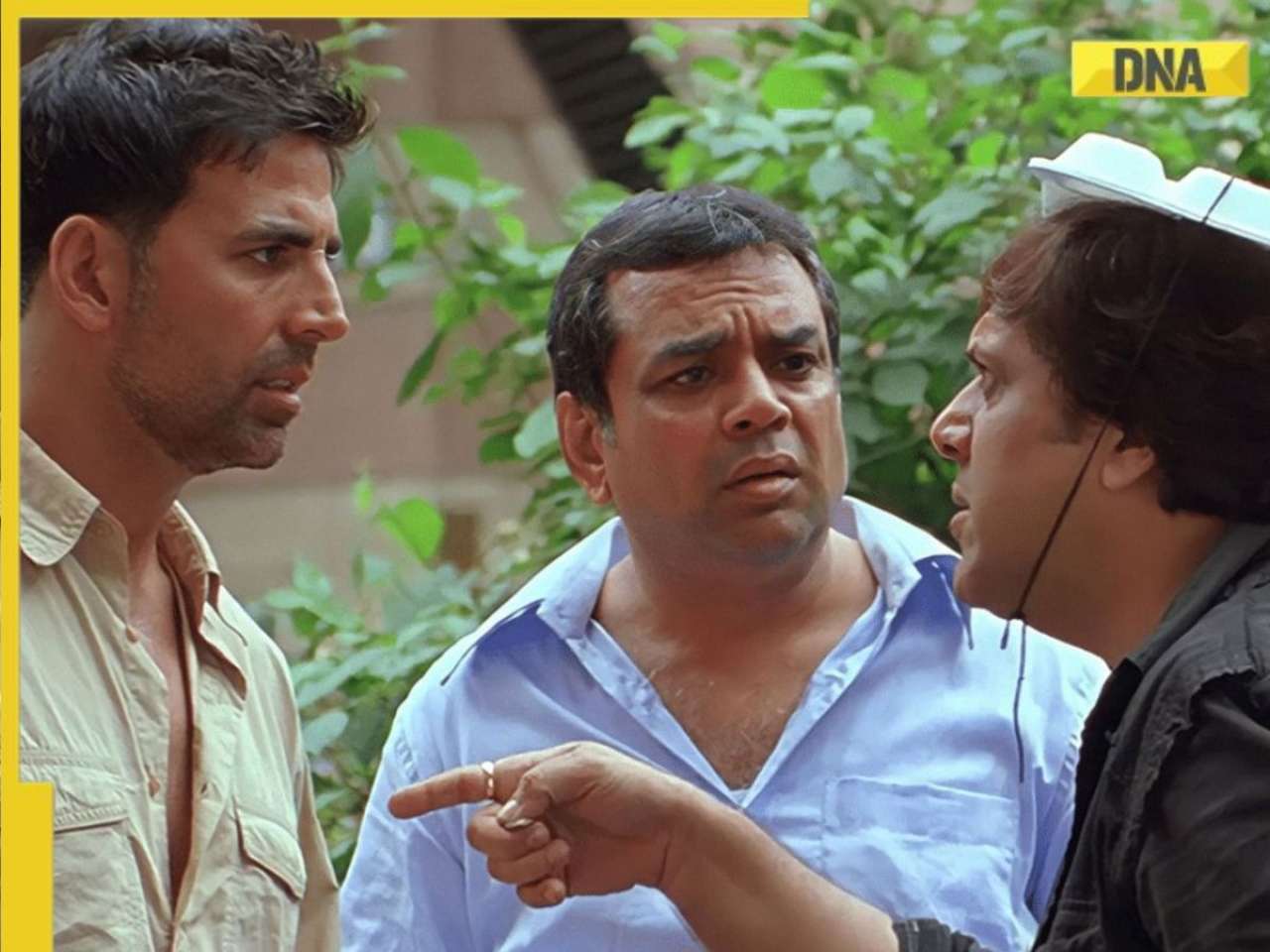- LATEST
- WEBSTORY
- TRENDING
INDIA
Mangalore crash: Pilot missed touchdown point by 2,000 feet
The right wing of the The IX-812, Boeing 737-800 aircraft hit the localiser, a concrete structure at the end of the runway, and broke off .
TRENDING NOW
Karnataka and India woke up to a horrifying morning on Saturday when an Air India Express, Boeing 737-800, plane from Dubai with 166 persons on board overshot the runway at Mangalore’s Bajpe Airport and plunged into a shallow, forested gorge where it was engulfed in flames shortly after 6.03am.
Only eight people survived the crash but one of them, a four-year-old girl, died on the way to hospital, and 145 bodies, mostly charred and beyond recognition, have been found so far.
The majority of the victims — 60 — were from north Kerala. The passengers included four infants. It was a perfect landing for Flight IX-812, said Ummer Farook Mohammed, a survivor, but that was only for 15 seconds. Then, the aircraft veered off the end of the runway, and hit the boundary wall, said Ummer. “I heard a loud thud — the tyre burst — shortly after touchdown. The main fuselage broke into two parts which then filled with fire and choking smoke,” he said.
“A crack appeared near where I was sitting and I jumped out. Two or three people sitting behind me also jumped out. I hurt my knees and suffered burns on my hands and face,” said Ummer,
recalling his miraculous escape.
Another miraculous escape happened in Dubai when Theresiamma Philip from Kerala, who was to take the ill-fated flight from Dubai to Mangalore, missed it on Friday night. “I can’t believe how lucky I am to be alive,” she told the media. “I mistook the am to be pm and missed it (the flight),” she said.
Mangalore has one of India’s toughest landing strips with a hilltop runway. The runway was extended to 8,000 feet, from 5,500 feet in 2006, to accommodate bigger planes like the Boeing 737-800.
After Saturday’s crash, questions are being raised about the
airport’s safety profile. Was the runway too short on an airport that was perched on a cliff? In fact, a group of activists, the Environment Support Group (ESG), had objected to the construction of the second runway and terminal tower in Bajpe, pointing out the non-feasibility of approach roads within a kilometre of the airport on all sides.
But Praful Patel, minister of state for civil aviation, said in Mangalore that airport has passed all tests. “Only an inquiry will establish what exactly happened. Preliminary observations show that (the) pilot lost control. The weather during the landing was fine. The friction quotient for the cement, concrete runway, which was made operational in 2006, was quite in order and suitable for any aircraft to land safely. Apparently, the aircraft did not contain itself after landing within the limited space. The right wing of the aircraft hit the localiser, a concrete structure at the end of the runway, and broke off,” he said.
Emphasising the airport was safe, Madhavan Nambiar, aviation secretary, said in New Delhi that there have been 32,000 landings in Mangalore since 2006.
The IX-812, Boeing 737-800, was inducted on January 15, 2008, and was piloted by 55-year-old British national of Serbian origin, Capt Zlatko Glusica, and his co-pilot, HS Ahluwalia, who hailed from Karnataka. Kapil Kaul, chief executive (India and Middle East), at the Centre for Asia Pacific Aviation, a research group, told The New York Times that pilot error was a likely cause.
The pilot had 10,000 hours of flying experience, 3500 of which was on this type of plane, said Kaul. “But he may have missed the landing threshold by 2000 feet, which is the very first part of a runway usable for landing. That kind of error doesn’t always result in a crash, but did here because it is on a plateau,” added Kaul.
VP Agarwal, director of Airports Authority of India, said: “There was no distress indication from the pilot. That means between the pilot and the airport communication there was no indication of any problem. And the visibility was 7km, more than that required for a safe landing.”
Officials in Mangalore, however, said weather was cloudy and there was a slight drizzle when the aircraft was landing at the runway, which was inaugurated 10 days ago. Rescue teams, mainly comprising of local people who rushed to the accident site, struggled through the smoking and flaming wreckage to pull out survivors. The police said it took nearly six hours to douse the fire at the accident site.
The Boeing 737-800 has been involved in a few fatal accidents since entering service in 1998. The most recent was in January, an Ethiopian Airlines flight to Addis Ababa that crashed into the Mediterranean Sea in stormy weather shortly after takeoff from Beirut, killing 90 people. The cause of that accident remains under investigation.
Bangalore had its moment of horror on Valentine’s Day in 1990, when a new Airbus 320, crashed into an empty reservoir, near HAL airport, killing 92 people, while trying to land. India’s worst aviation accident occurred in 1996 when two passenger planes collided in mid-air near New Delhi with the loss of all 349 on board both flights.
The last major airline accident in India was in 2000 when an Alliance Air Boeing 737 crashed while trying to land at an airport in Patna, killing about 60 people.








)
)
)
)
)
)
)
)
)
)
)
)
)
)
)

























































